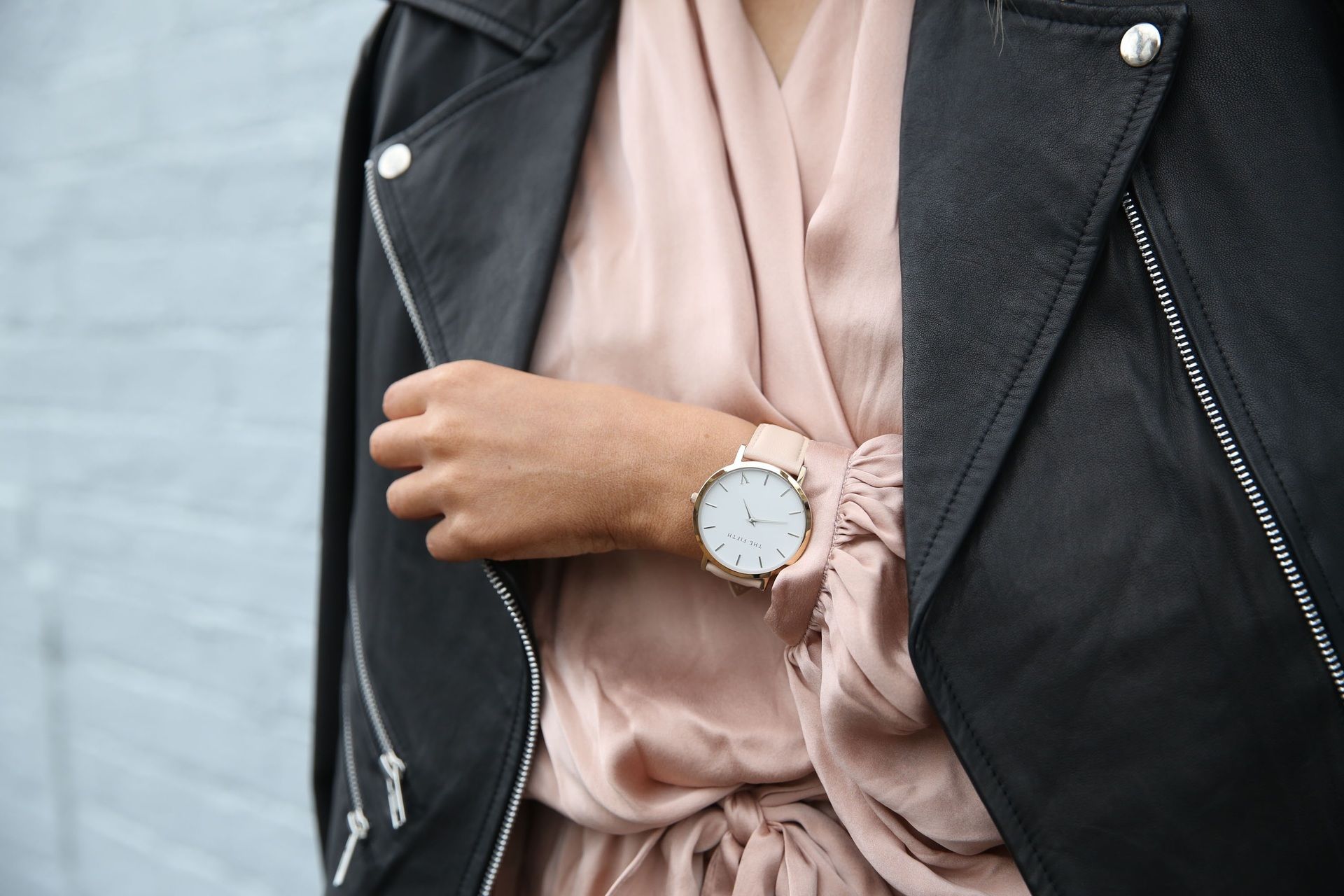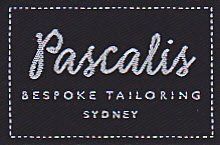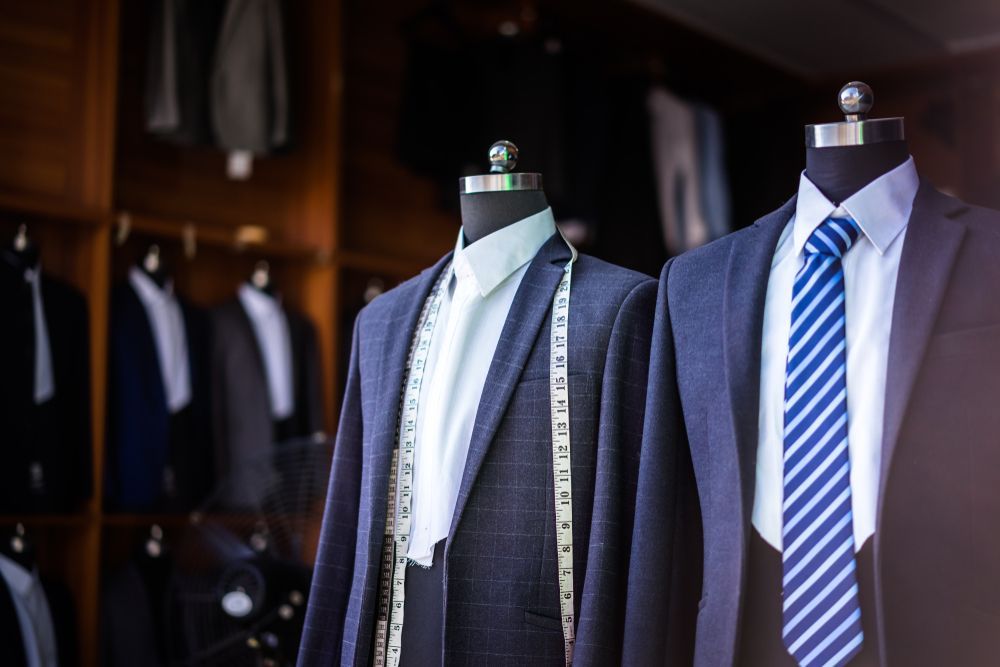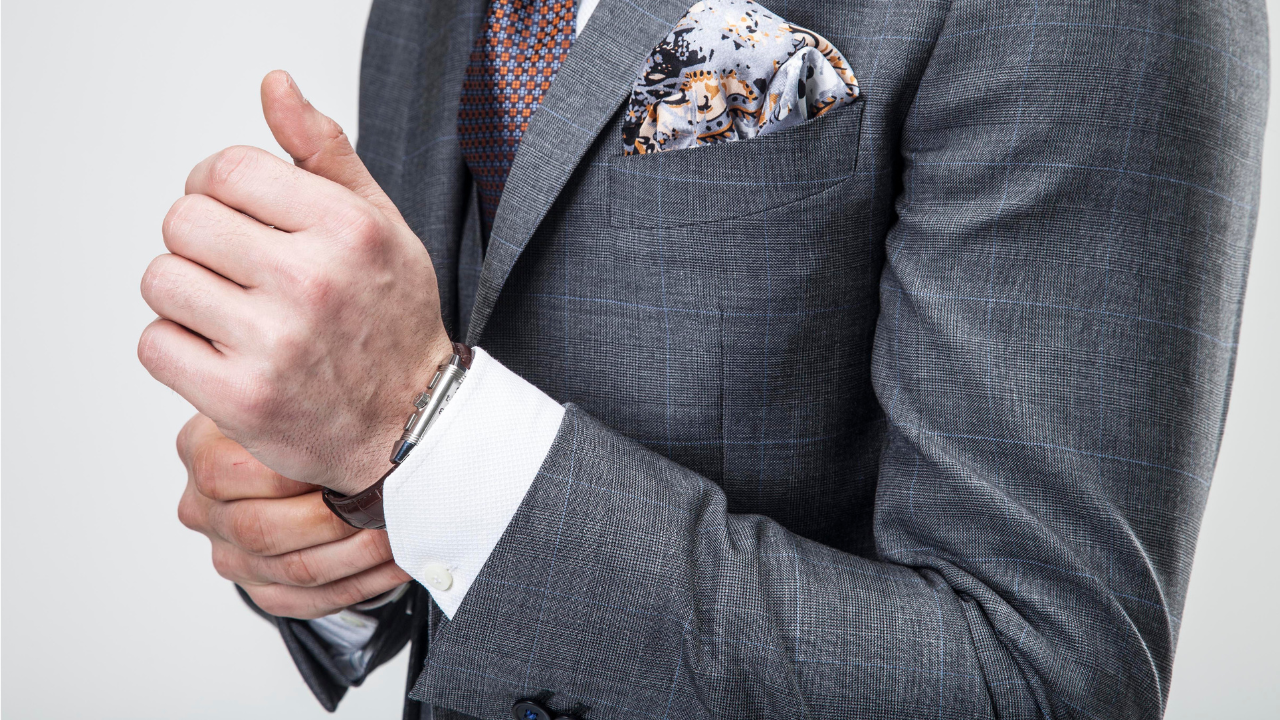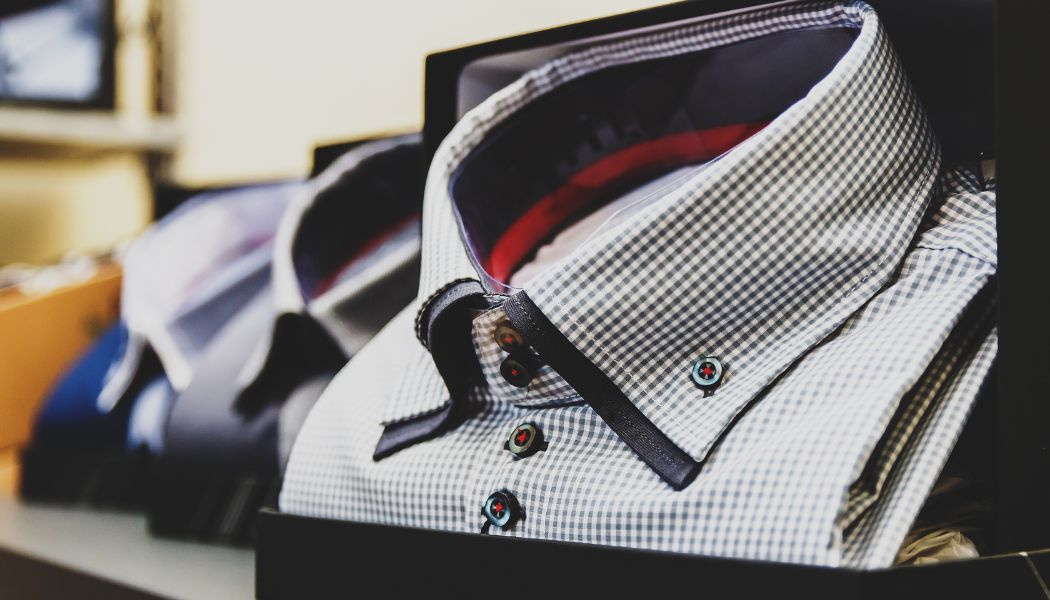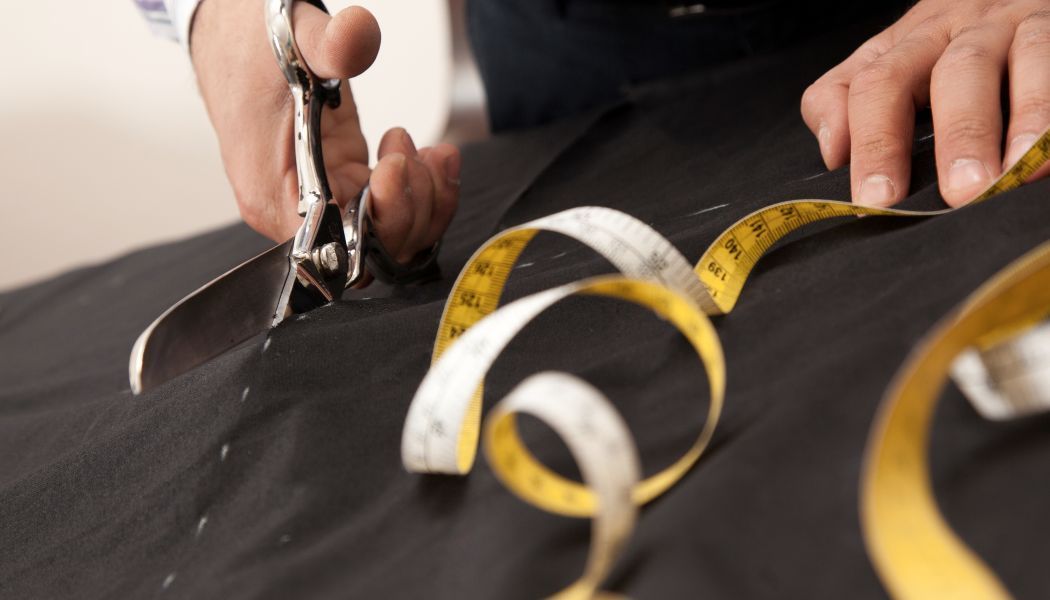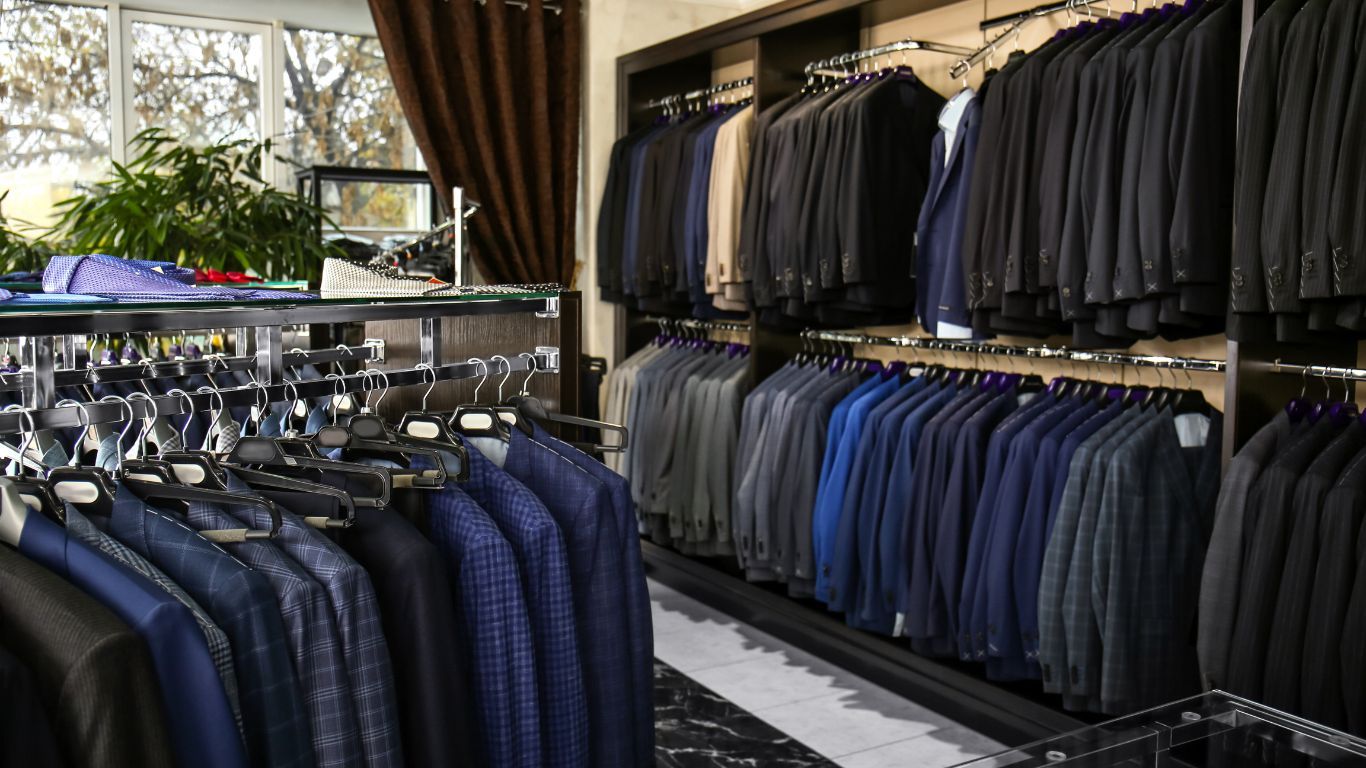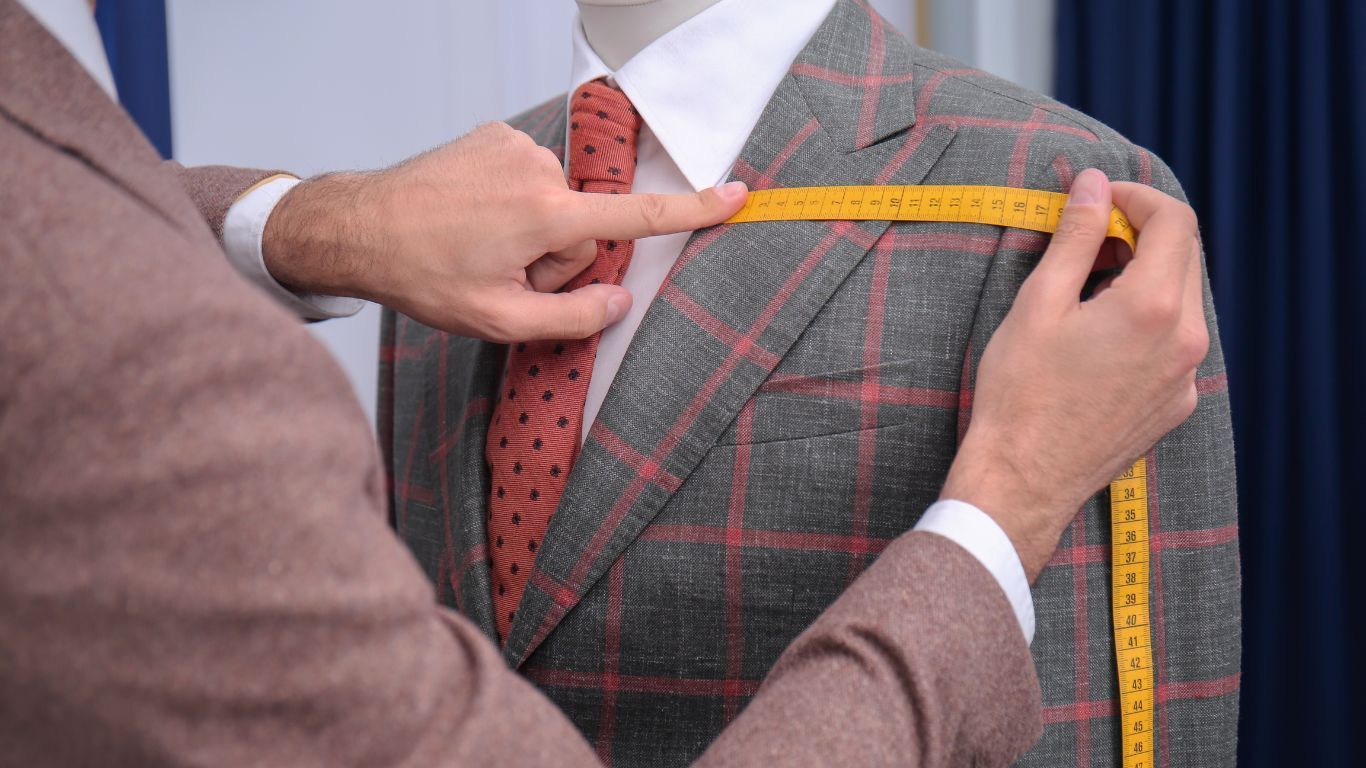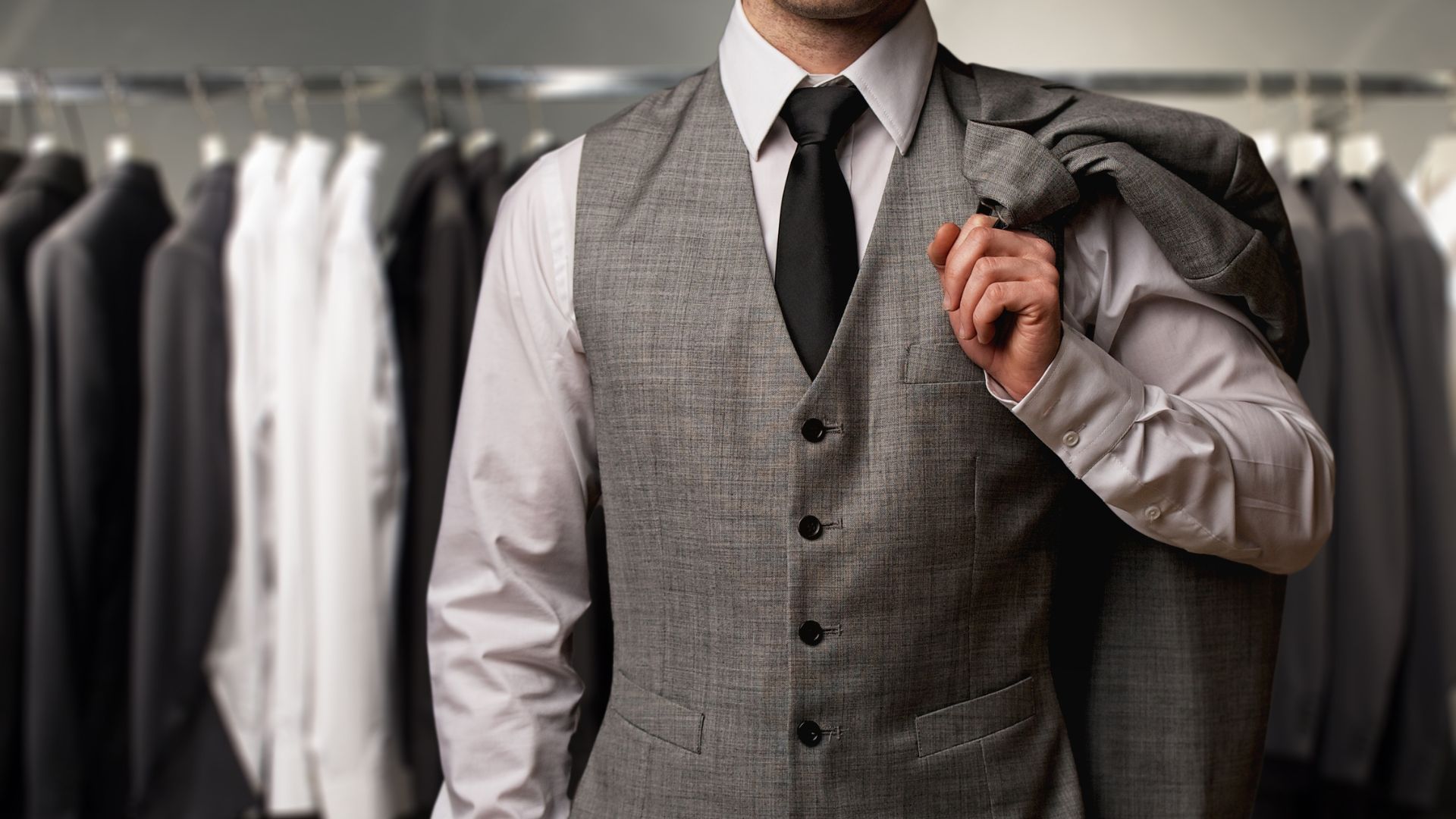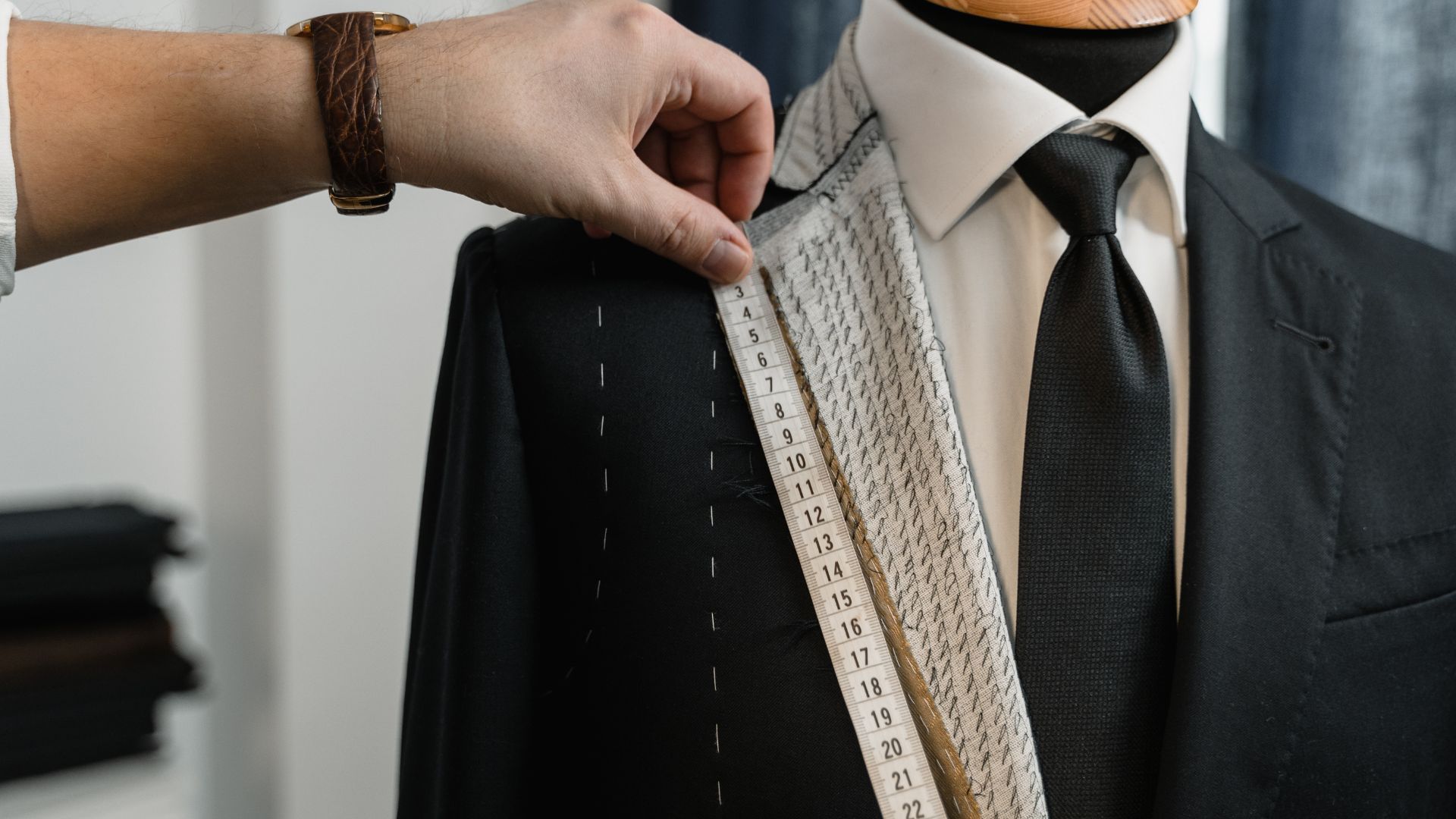Grooms should invest in a custom-made suit - here is why:
March 31, 2022
In the hustle of organising a wedding, couples tend to forget that it is as important for the groom to be as impeccably dressed and looking his finest as it is for the bride to be stunningly attired. Brides tend to go above and beyond when purchasing a beautiful gown for their wedding day, and men should do the same when purchasing a suit.
Investing in a bespoke tailored suit for your wedding day will make sure you are looking your best in a well-fitted and styled garment.
Here are five reasons why grooms should invest in a custom-made suit for their wedding day:
- You’ll be wearing a perfectly fitted suit on your big day
The fit of your wedding suit is the most vital factor that affects how you will look on your big day. Your bespoke tailor will make sure that your suit fits you like a glove, they will consider your body shape, measurements, posture, shoulder slope and height. Be aware that although the salespeople at off-the-rack suit shops in your local shopping centre may sell “tailored” suits, what they actually mean is that the suits are tapered and not actually specially made to your body shape, contours, or measurements. When visiting a properly trained suit tailor, they will create a custom paper pattern for your suit. Your suit will then be individually cut, hand stitched, and assembled as a one-off unique piece made just for you. - Unique styling options
Another great benefit of getting your suit custom-made is that you will receive professional, tailored style advice uniquely suited to you. You will be able to achieve the exact look you want for your special day. When it comes to styling, your bespoke suit tailor will consider your wedding theme, how to make you stand out, the location, and weather. Everyone wants to have some uniqueness and individuality on their wedding day, and there is nothing more unique than a custom-made suit. - An abundance of choice
Opting for a tailored made suit offers you much more choice than off-the-rack in terms of design and fabrics. Your suit can be made in a lightweight wool, linen, or cotton, therefore matching the season and time of day of the ceremony. You can also choose either a matte or a slightly glossy textile depending on how formal your wedding is, and whether you plan to wear your suit again in the future. - Customised designs and patterns
Have you seen a suit design in a movie, online or in a magazine that you loved? Some grooms want to feel like James Bond in a statement piece like a tuxedo, whereas others may want a suit that can be re-worn for future events. When opting for a custom suit, it can be made to match your favourite designs, or curated to fit any creative idea. - Invest in quality
Above all, bespoke tailored suits offer quality like no other. At Pascalis Bespoke Tailoring, all our custom-made suits are designed and made in Australia using only the finest fabrics from Italy and England. You will have peace-of-mind knowing that you are investing in the best quality suit for your wedding day.
If you are searching for a custom-made suit for your wedding day, contact Pascalis Bespoke Tailoring on 9231 1211. Our priority is to always create a style unique to our client’s personality, coupled with attention to detail, fashion, tradition, and comfort, ensuring that they look their best on their special day.
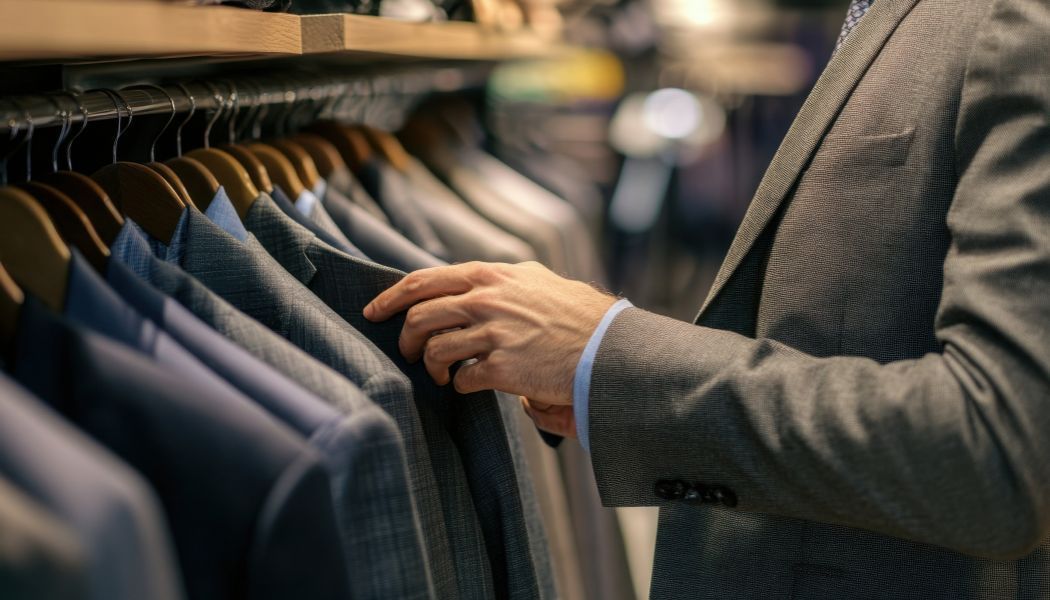
The conversation about summer dressing too often circles back to gimmicks. Shorts in the office, polo shirts in the boardroom, but these are symptoms of a deeper problem: we have forgotten how to make and wear proper clothing for the climate we live in. A summer suit, chosen with care, remains the most elegant answer. But not all suits are created equal. If the heat leaves you dreaming of linen drawstrings, it’s not the suit’s fault. It’s the wrong suit. Here are eight considerations that turn summer tailoring from punishment into pleasure. 1. Fabric First The single most important decision is fabric. Natural fibres are non-negotiable. Polyester and other synthetics trap heat and suffocate the skin; they are cheap in every sense of the word. Tropical wool, with its fine yarn and open weave, has been the quiet hero of summer tailoring for decades. Linen, either pure or in a wool blend, brings unmatched breathability and texture. Cotton offers a crisp alternative for the more casual office. The principle is simple: fabric should breathe. 2. Lightness of Weave Weight is not enough; weave matters too. A dense cloth, no matter how fine, will feel like armour in January. Fresco, hopsack, and other open-weave constructions let air circulate without sacrificing drape. They prove that you don’t need to bare skin to keep cool. 3. The Case for Unlined Jackets Every layer in a suit traps heat. A fully lined jacket in the peak of summer is as unnecessary as it is uncomfortable. Half-lined or unlined jackets offer structure without insulation. Stripped back to its essentials, the jacket still frames the shoulders, flatters the waist, and gives shape, only now it does so without suffocating the wearer. 4. Rethinking Fit The tyranny of the skinny suit has done more to ruin summer dressing than the thermometer ever could. Narrow lapels, shrunken jackets, and trousers cut like leggings may look sharp in shop windows, but in the real world they cling, sweat, and stifle. A summer suit demands room to breathe: a touch more fullness in the chest, pleats in the trousers, a slightly longer rise. These small concessions to airflow make all the difference. 5. Freedom of Movement Tailoring was never meant to be restrictive. The best summer suits allow ease: side vents that open as you walk, trousers that fall cleanly without gripping the thigh, shoulders that move without resistance. Comfort is not the enemy of style, but rather it is its foundation. 6. The Role of Colour Summer is no time for charcoal and midnight navy. Dark cloth absorbs heat and looks heavy against the season’s light. Pale grey, beige, sky blue are shades that reflect the sun and signal ease. Seersucker, with its puckered surface, even lifts the fabric off the skin to create tiny channels of air. If ever there was a fabric designed for August, this is it. 7. Care and Longevity Summer is unforgiving. Suits face sweat, humidity, and relentless sun. The careless solution is cheap rotation: buy more, wear them out, throw them away. The wiser approach is investment. A well-made summer suit, rested between wears and hung to air, will last for years. Quality not only looks better, it endures. 8. Dressing with Intent The final consideration is not technical but philosophical. A summer suit is more than cloth and cut. It is a statement that professionalism need not wilt in the heat, that respect for the occasion is not seasonal. To wear one well is to prove that elegance adapts. Shorts may make headlines; tailoring makes an impression. There is nothing radical about suggesting that a summer suit can be cool, comfortable, and dignified. It has always been possible. The knowledge is there, in the choice of fabric, the looseness of cut, the restraint of lining, the play of colour. What is required is not reinvention but remembrance: a return to tailoring that understands climate rather than fights it. Eight considerations for made to measure suits for summer, then, but really one principle: good clothes work with the body, not against it. And in the heart of summer, a well-made suit is not a contradiction. It is liberation.
